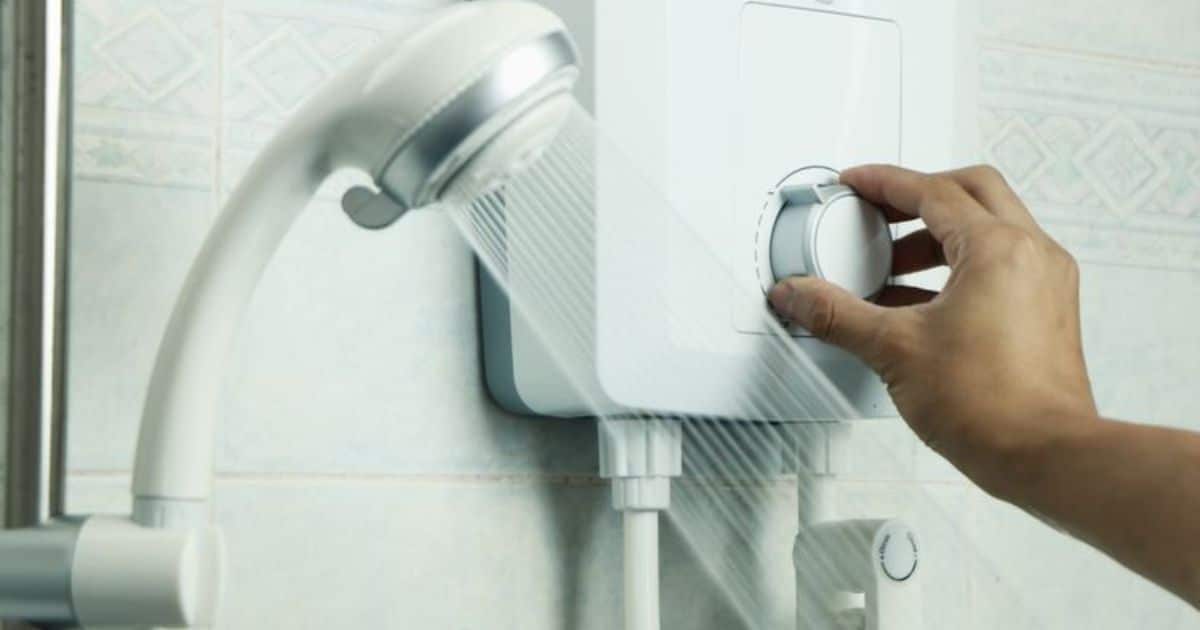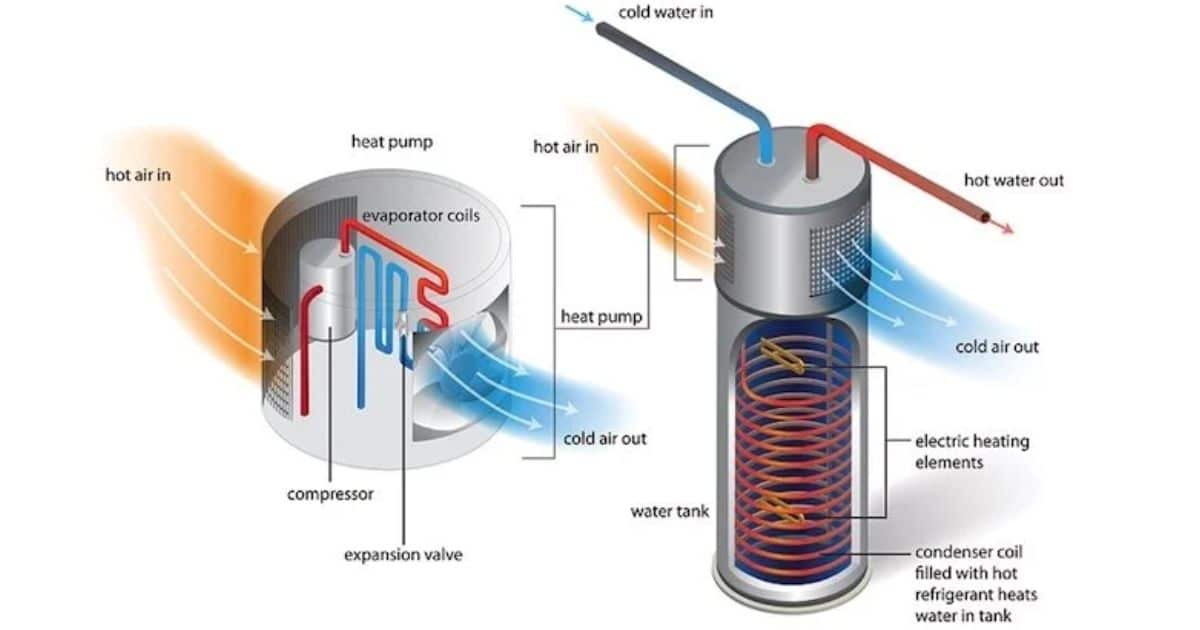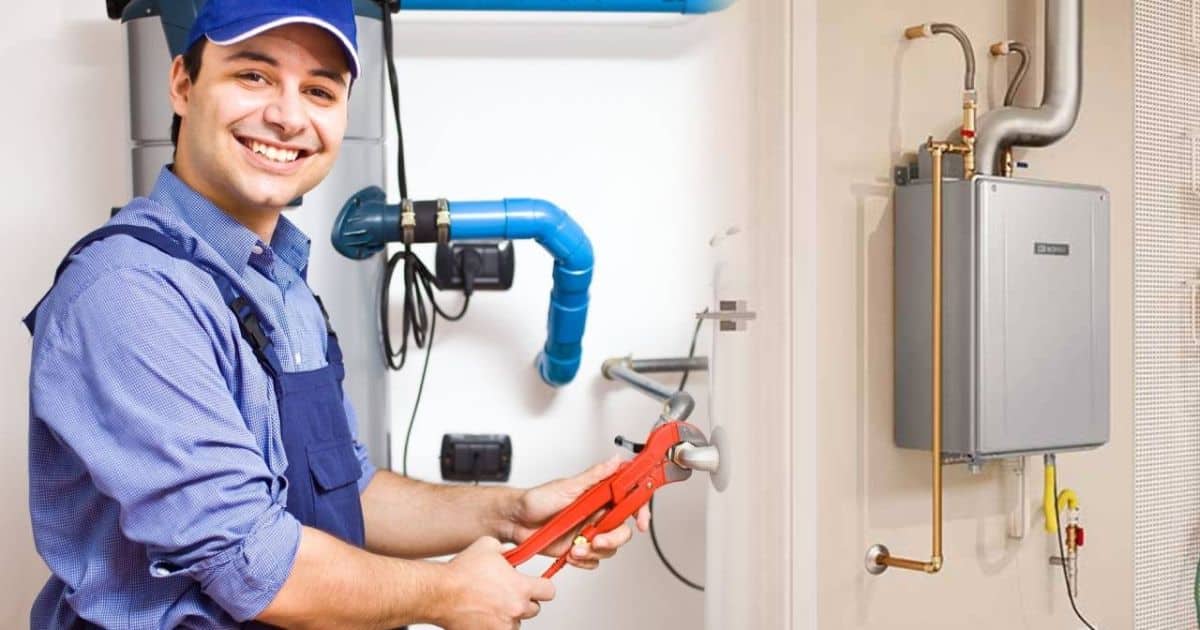High pressure in a hot water heater can lead to serious problems if left unaddressed. It is crucial to understand the causes of excessive pressure and the potential dangers associated with it. This article aims to provide a comprehensive overview of what causes too much pressure in a hot water heater and how to prevent it.
By examining the indications of high pressure, the essential parts of a hot water heater, and the causes of pressure buildup, readers will gain valuable insights into maintaining a safe and efficient system. Whether you are a homeowner or a professional in the plumbing industry, this article will equip you with the knowledge necessary to identify and resolve issues related to high pressure in hot water heaters.
Key Takeaways
- Frequent release of excess water from the pressure relief valve may indicate high pressure in the hot water heater.
- Malfunctioning pressure relief valve and faulty temperature and pressure relief valve are common causes of pressure in hot water heater.
- Ignoring pressure buildup can lead to catastrophic failure, water leakage, explosions, and costly repairs or replacements.
- Monitoring, inspecting, and addressing high pressure promptly are essential for the safety and functionality of the hot water heater.
Indications of High Pressure
One clear indication of high pressure in a hot water heater is when the pressure relief valve frequently releases excess water. The pressure relief valve prevents the tank from exploding due to excessive pressure buildup, serving as an important safety feature.
When the pressure inside the tank exceeds the recommended limit, the valve opens to release the excess pressure and water. This can be a sign of several underlying issues, such as a faulty pressure regulator, a closed or blocked inlet valve, or a malfunctioning temperature and pressure relief valve.
It is crucial to address this issue promptly to prevent damage to the hot water heater and potential hazards. Regular maintenance and inspection of the pressure relief valve can help identify and resolve high-pressure problems in hot water heaters.
Essential Parts of a Hot Water Heater
To understand the causes of excessive pressure in a hot water heater, it is essential to familiarize ourselves with the key components of this vital appliance. The primary parts of a hot water heater include the tank, heating element, thermostat, pressure relief valve, and the temperature and pressure (T&P) relief valve.
The tank is where the water is stored and heated. The heating element, powered by electricity or gas, is responsible for heating the water. The thermostat regulates the temperature, ensuring it stays within a safe range. The pressure in hot water heater relief valve releases excess pressure to prevent damage to the tank.
The T&P relief valve is a safety device that releases water if the temperature or pressure exceeds safe levels. Understanding these components is crucial in diagnosing and resolving issues related to excessive pressure in a hot water heater.
Causes of High Pressure
Excessive pressure in a hot water heater can be caused by a significant increase in the water pressure within the tank. This can result from various factors, including:
- A malfunctioning pressure relief valve, which is designed to release excess pressure when it exceeds a certain limit.
- A faulty temperature and pressure relief valve, which controls both the temperature and pressure inside the tank.
- Sediment buildup in the tank, which can obstruct the flow of water and cause pressure to build up.
These issues can lead to a dangerous increase in pressure within the hot water heater, which can have severe consequences if not addressed promptly. Ignoring pressure buildup can result in leaks, burst pipes, or even explosions, posing a significant risk to both property and personal safety. It is crucial to be aware of the causes of high pressure and take appropriate measures to prevent potential hazards.
The Dangers of Ignoring Pressure Buildup
Ignoring pressure buildup in a hot water heater can have dire consequences. When pressure builds up within the tank, it puts excessive stress on the entire system, increasing the risk of a catastrophic failure. One of the most significant dangers is the potential for the tank to rupture, causing water leakage and property damage.
In extreme cases, the tank can explode, leading to serious injury or even loss of life. Additionally, the excessive pressure can damage other components of the water heater, such as valves, pipes, and fittings, resulting in costly repairs or replacements.
To prevent these risks, it is crucial to address pressure buildup promptly. So, when you notice high pressure in your hot water heater, it is essential to take immediate action to ensure the safety and functionality of your system.
When You Notice High Pressure
When pressure buildup becomes evident in a hot water heater, it is imperative to promptly address the issue to mitigate potential risks and ensure the continued safe and efficient operation of the system. High pressure in a hot water heater can lead to various problems, such as leaks, damage to the tank, and even explosions. To identify and address high pressure in your hot water heater, consider the following:
- Monitor the pressure relief valve: Check if the valve is releasing excess pressure properly. If not, it may need to be replaced.
- Inspect the temperature and pressure (T&P) valve: Ensure that the T&P valve is functioning correctly and not leaking.
- Measure the water pressure: Use a pressure gauge to measure the water pressure in the system. If it exceeds the recommended range, you may need to install a pressure reducing valve.
Avoiding High Pressure
To prevent excessive pressure in a hot water heater, it is crucial to implement preventive measures and maintain regular maintenance. One of the key preventive measures is installing a pressure relief valve (PRV) on the water heater.
The PRV helps regulate the pressure inside the tank by releasing excess pressure when it reaches a certain level. It is important to have the PRV tested annually to ensure its proper functioning. Additionally, maintaining the temperature of the water heater below 120 degrees Fahrenheit can help prevent high pressure.
This can be achieved by adjusting the thermostat or installing a temperature control valve. Regularly checking and replacing the anode rod, which helps prevent corrosion and scale buildup, can also contribute to avoiding high pressure in the hot water heater. By implementing these preventive measures and conducting regular maintenance, homeowners can ensure the safe and efficient operation of their hot water heater.
Professional Maintenance
Professional maintenance is essential for ensuring the optimal performance and longevity of a hot water heater. By regularly scheduling professional maintenance, homeowners can avoid potential issues and keep their hot water heaters running smoothly. Here are three reasons why professional maintenance is crucial:
- Prevention of pressure buildup: Professionals can inspect the pressure relief valve and ensure it is functioning correctly, preventing excessive pressure buildup in the tank.
- Efficient heat transfer: Over time, sediment and mineral buildup can reduce the efficiency of a hot water heater. Professionals can flush the tank, removing any debris and allowing for efficient heat transfer.
- Identification of potential problems: During maintenance visits, professionals can identify any potential issues, such as leaks or faulty components, before they become major problems.
FAQ’s
What Are the Common Signs of High Pressure in a Hot Water Heater?
Common signs of high pressure in a hot water heater include leaks, rattling noises, temperature fluctuations, and frequent relief valve discharge. These indicators suggest potential issues with the pressure relief valve, expansion tank, or water supply pressure.
How Does the Pressure Relief Valve Function in a Hot Water Heater?
The pressure relief valve in a hot water heater functions by releasing excess pressure to prevent damage. The design enables it to open when the pressure inside the tank exceeds a certain threshold, allowing water to escape and reduce the pressure.
Can a Faulty Thermostat Cause High Pressure in a Hot Water Heater?
A faulty thermostat can potentially cause high pressure in a hot water heater. If the thermostat malfunctions and does not regulate the temperature properly, it can lead to excessive heating and subsequent pressure buildup in the tank.
Are There Any External Factors That Can Contribute to High Pressure in a Hot Water Heater?
External factors such as water supply pressure, a closed system, or a faulty pressure relief valve can contribute to high pressure in a hot water heater. These factors can result in potential damage or failure of the unit, requiring immediate attention and resolution.
How Often Should a Hot Water Heater Be Professionally Inspected for Potential Pressure Issues?
Professionals should inspect a hot water heater for potential pressure issues at least once a year. Regular inspections help identify and address any potential problems, ensuring the safe and efficient operation of the system.
Conclusion
In conclusion, high pressure in a hot water heater can lead to various issues and dangers if ignored. It is essential to recognize the indications of high pressure and understand the causes behind it.
Regular maintenance and proper care can help prevent pressure buildup and ensure the safe and efficient operation of the hot water heater. According to a study, excessive pressure causes approximately 75% of hot water heater failures, which is an interesting statistic to note.













